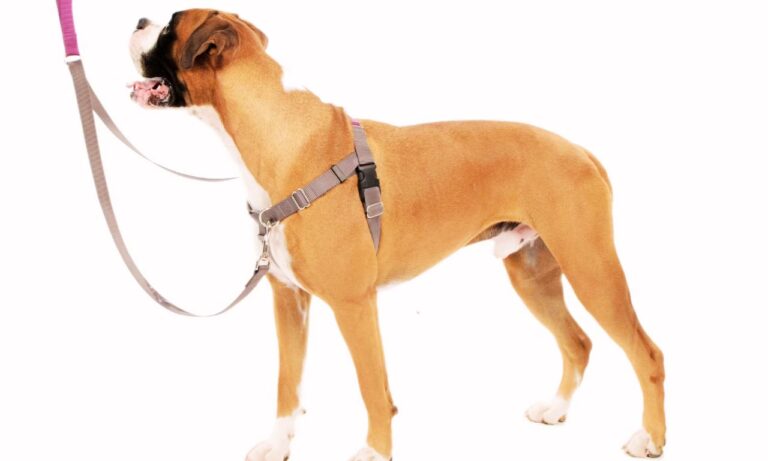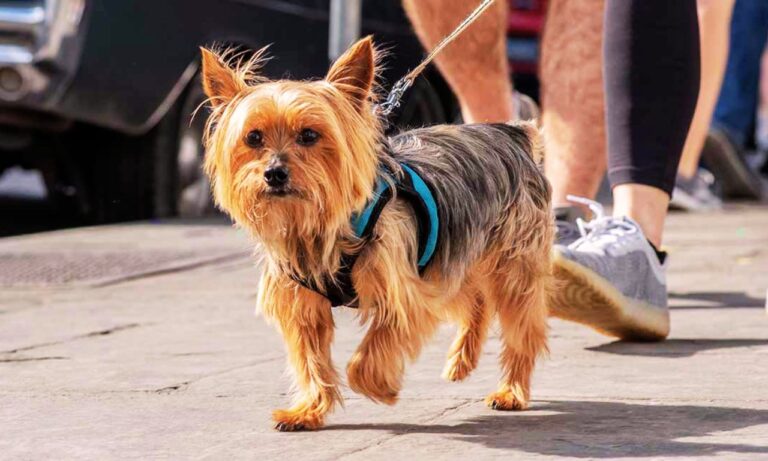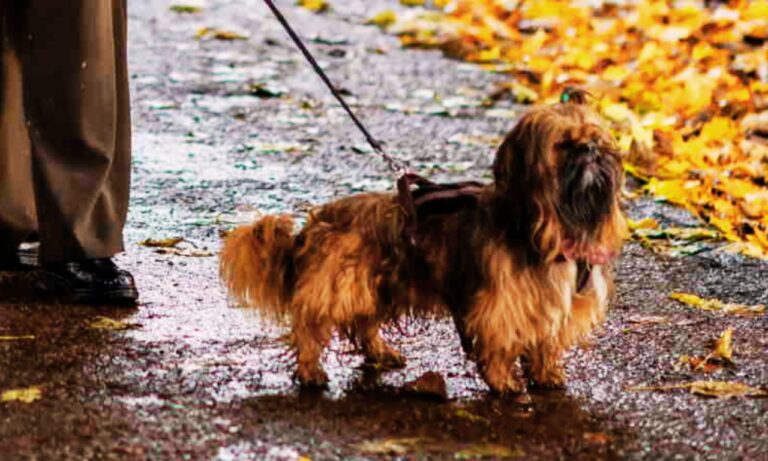When it comes to Alaskan Malamutes and Huskies, people often wonder whether these two breeds are the same or just closely related. While they share similarities in appearance and both are recognized sled dogs, they are distinct breeds with notable differences in size, temperament, and purpose. So, Is an Alaska Malamute a husky?
Let’s break down the key differences and similarities between the Alaskan Malamute and the Husky. Discover the best collars for Siberian Huskies for both style and comfort.
Blog Highlights
ToggleIs an Alaskan Malamute a Husky?
So, Is an Alaska Malamute a husky? No, an Alaskan Malamute is not a Husky, though they share similarities. Malamutes are larger, bred for strength, and more independent, while Huskies are smaller, bred for speed, and highly social.

Here’s a concise comparison of Alaskan Malamute vs. Siberian Husky for you:
1. Origins and History
Both the Alaskan Malamute and the Siberian Husky have their origins in cold, Arctic regions, but they come from different parts of the world. The Alaskan Malamute was developed by the Mahlemut tribe in Alaska for pulling heavy loads over short distances. It is one of the oldest Arctic sled dog breeds and was crucial in transporting goods in Alaska’s harsh environment.
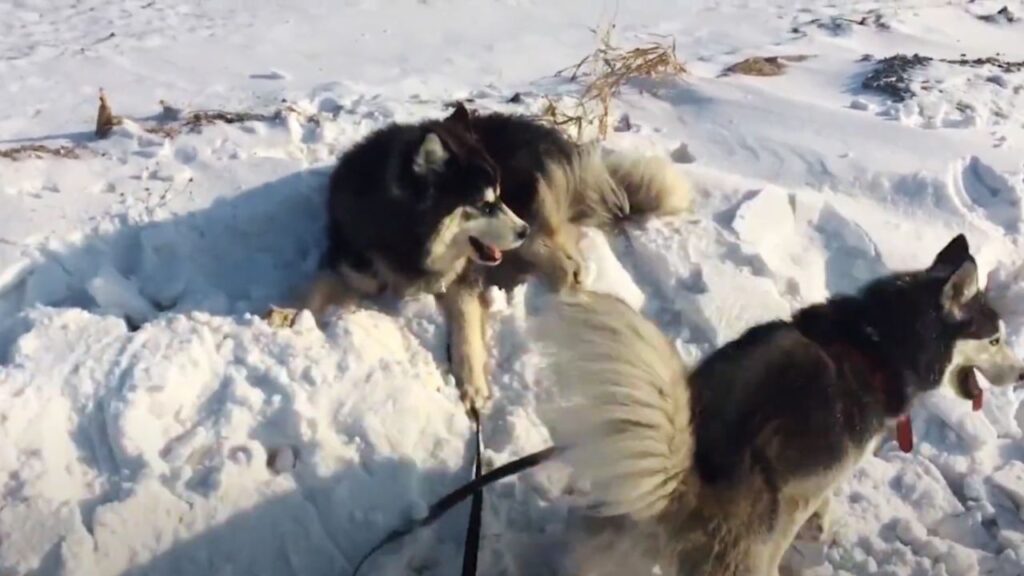
On the other hand, the Siberian Husky originated in Siberia, Russia. Bred by the Chukchi people, the Husky was designed for speed and endurance, pulling lighter loads over long distances. Siberian Huskies were used in sled dog races and played a crucial role in famous expeditions, like the 1925 serum run to Nome, which inspired the story of the famous sled dog Balto.
2. Size and Appearance
The most noticeable difference between the two breeds is size. Alaskan Malamutes are much larger and more muscular than Siberian Huskies. An average Malamute weighs between 75 to 85 pounds, while Huskies usually range between 35 to 60 pounds. In terms of height, Malamutes stand about 23 to 25 inches tall, while Huskies are slightly shorter at 20 to 24 inches.
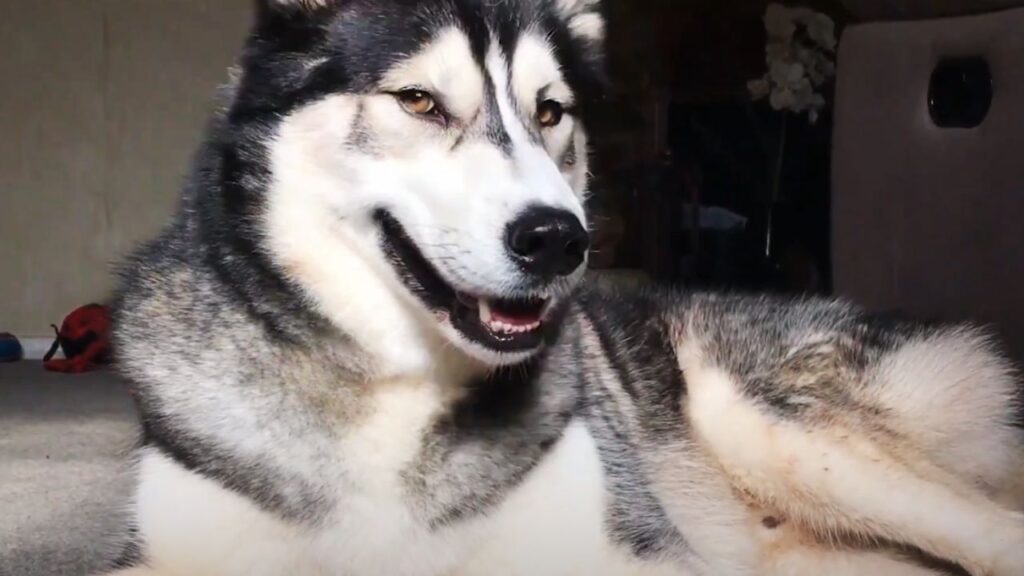
In addition to size, Malamutes tend to have a bulkier, more robust build, often giving them a more “wolf-like” appearance. Their coats are also thicker and more textured compared to the smooth, shorter coat of the Husky. Learn how to put a collar on a Husky with these practical tips.
3. Purpose and Working Style
While both breeds were developed as sled dogs, their roles were different. Alaskan Malamutes were bred to haul heavy loads slowly and steadily over short distances. They are the “freighters” of the sled dog world, known for their strength rather than speed.
Conversely, Siberian Huskies were bred for speed and endurance. Huskies worked in teams to pull lighter loads over long distances, making them the preferred breed for sled dog racing. Think of Huskies as the marathon runners of the Arctic, while Malamutes are the weightlifters.
4. Temperament and Personality
Both breeds share a love for human companionship, but their temperaments vary. Siberian Huskies are highly social, pack-oriented dogs. They enjoy being with their families and other dogs, and they are typically more friendly toward strangers. However, their pack mentality also makes them more likely to roam and escape if not properly supervised.
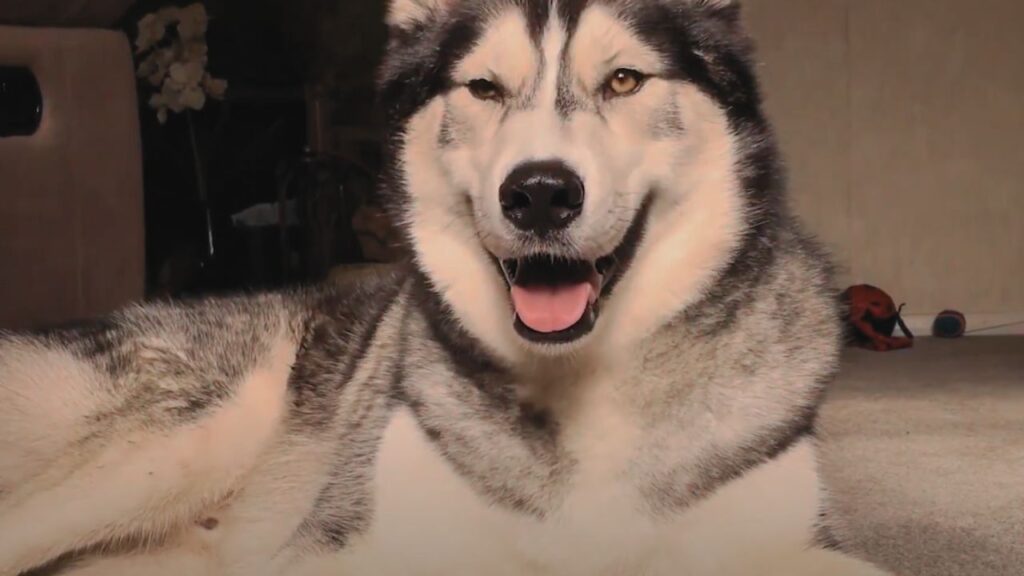
Alaskan Malamutes, on the other hand, tend to be more independent. While they are affectionate with their families, they can be more aloof with strangers and other pets. Malamutes may also show protective or territorial tendencies, which can make them less suitable for households with multiple pets. Additionally, Malamutes are often more stubborn and headstrong compared to Huskies, which can make training them a bit more challenging.
5. Grooming and Maintenance
Both Malamutes and Huskies have thick double coats, which means they shed a lot, especially during shedding seasons when they “blow” their coats. However, Malamutes require more grooming than Huskies due to their denser and longer fur. Daily brushing is often needed for Malamutes, while Huskies may only need a weekly brush. Both breeds also require regular nail trimming, ear cleaning, and bathing, though Huskies generally need fewer baths due to their self-cleaning coats.
6. Exercise and Activity Needs
Both breeds are highly energetic and require a significant amount of exercise. They were both bred to work, and without adequate physical and mental stimulation, they can become destructive.
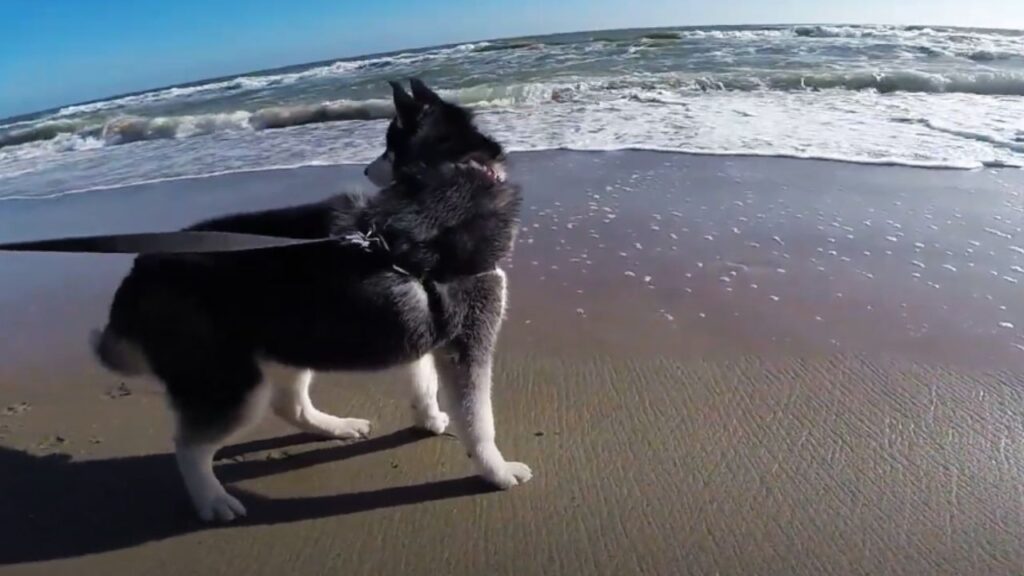
Huskies love to run and are known for their agility, making them excellent candidates for dog sports like agility courses or even sled dog racing. Malamutes, while less energetic, are powerful and enjoy activities like hiking or pulling weights.
7. Health and Lifespan
Both breeds are generally healthy, but Siberian Huskies tend to be healthier overall compared to Alaskan Malamutes. Malamutes are prone to certain health issues like hip dysplasia and polyneuropathy, which can affect their joints and nervous system. Both breeds should have regular vet check-ups and be tested for hereditary conditions. Find out the best collars for Cane Corsos to suit their unique needs.
8. Suitability as Pets
While both breeds make great pets for active owners, Siberian Huskies are typically more suited for families due to their friendly and social nature. Alaskan Malamutes can be more challenging, especially for first-time dog owners, as they require firm, consistent training and can be territorial around other animals. Malamutes also prefer being the only dog in the household, while Huskies generally thrive in multi-dog environments.
Choosing Between an Alaskan Malamute and a Husky: Which Breed is Right for You?
If you’re considering bringing either an Alaskan Malamute or a Siberian Husky into your home, it’s important to understand the differences between these two incredible breeds. While both dogs are often confused due to their physical resemblance and shared sled-dog heritage, they possess distinct traits that can make one a better fit for your lifestyle than the other. Here’s what you need to know to make an informed decision.
1. Energy Levels and Exercise Needs
Both the Alaskan Malamute and the Siberian Husky are high-energy dogs that require regular physical activity. However, the type of exercise they need differs due to their historical roles. Siberian Huskies were bred for speed and endurance, running long distances while pulling light loads. As a result, Huskies are known for their agility and high energy levels, making them ideal for activities like running, hiking, or even dog sports like agility training.
On the other hand, Alaskan Malamutes were bred for strength, pulling heavy loads over shorter distances. They require a lot of physical activity, but it’s more about endurance and power than speed.
Activities like hiking with a weighted dog backpack or engaging in pulling sports can satisfy a Malamute’s need for work. If you lead an active lifestyle but prefer strength-based activities like long hikes or weight-pulling games, a Malamute may be more suited to your routine.
That said, if you’re unable to provide either breed with the mental and physical stimulation they need, both dogs can become destructive, chewing, digging, or even trying to escape. A Husky’s roaming instinct is especially strong, so they need a secure yard with high fences to prevent them from wandering off.
2. Grooming and Shedding
When it comes to grooming, both breeds have thick, double coats that shed heavily during the spring and fall when they “blow” their coats. However, the Alaskan Malamute requires more frequent grooming due to its larger size and denser, longer coat. Daily brushing is often necessary to prevent mats and tangles, especially around the neck and hindquarters. Regular grooming also helps reduce the massive amount of shedding that Malamutes produce.
In contrast, Siberian Huskies have a shorter coat that is easier to maintain. They still shed quite a bit, but their coats tend to be more manageable with weekly brushing outside of shedding seasons. Both breeds benefit from regular nail trimming, ear cleaning, and occasional baths, but the Husky may require fewer baths since they are known for being relatively self-cleaning.
If you’re prepared to invest time in daily grooming sessions, a Malamute may be the right choice for you. If you prefer a lower-maintenance coat but can still handle seasonal shedding, the Husky is the better option.
3. Temperament and Social Needs
One of the biggest differences between Malamutes and Huskies lies in their temperament and social needs. Siberian Huskies are highly social, pack-oriented dogs. They thrive in multi-dog households and enjoy being around people, including strangers. Huskies are known for their friendly, outgoing nature, making them great for families with children and other pets.
In contrast, Alaskan Malamutes tend to be more independent and sometimes exhibit protective or territorial behavior, especially around other dogs of the same sex. While they are affectionate with their families, they can be more aloof with strangers and may not tolerate other animals as well as Huskies do. Malamutes are also known to be stubborn, which can make training more difficult, especially for first-time dog owners.
If you’re looking for a dog that is highly social and enjoys constant companionship, a Husky is likely the better fit. However, if you prefer a more independent, loyal dog that may serve as a guardian, the Malamute could be a better option. Explore the Cane Corso growth and weight chart and nutrition plans.
4. Trainability and Intelligence
Both breeds are highly intelligent, but their trainability differs. Siberian Huskies are known for their stubbornness and can be challenging to train due to their independent nature. They are clever, but their intelligence often translates into mischief rather than obedience. Huskies also tend to get bored quickly, so training needs to be varied and engaging
Alaskan Malamutes, while also intelligent, can be even more difficult to train. Their stubbornness, combined with a strong sense of independence, means they require a patient and experienced owner who can establish authority early on. Malamutes are also more likely to display dominance issues, so consistent, positive training from a young age is crucial.
If you’re a first-time dog owner or someone looking for a more trainable dog, the Husky may be the better option. For those with more experience and patience, the Malamute can be a rewarding companion, though it may require more effort to achieve a well-trained pet.
Wrapping Up
Though they are often confused for one another, the Alaskan Malamute and the Siberian Husky are two distinct breeds with unique characteristics. The Malamute is larger, more independent, and bred for strength, while the Husky is smaller, more social, and bred for speed. Hope so, now you know the answer: Is an Alaska Malamute a husky?
Both breeds require significant exercise, grooming, and training, making them best suited for experienced dog owners with active lifestyles. If you’re considering adding one of these majestic dogs to your family, understanding these key differences will help you choose the right breed for your home. Understand if the Cane Corso is a high-maintenance dog with this insightful guide.


